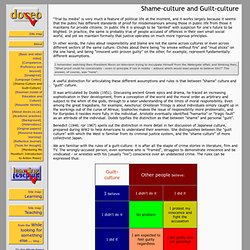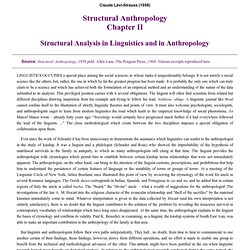

Powered By Osteons: Why Is Anthropology Needed? When I was an undergraduate at the University of Virginia, the fake major that everyone joked about was underwater basketweaving.

I suspect there is a similar joke on every college campus, but I was surprised when Rick Scott, the governor of Florida, suggested that anthropology is a woo-woo field. There's been a quick and passionate response from anthropologists and journalists around the web, including from the American Anthropological Association, Mother Jones, and the University of South Florida's anthropology department. A great smattering of links can be found on Daniel Lende's blog Neuroanthropology - Dr. Lende is an anthropology professor at USF. What's coming out of this uproar - other than the realization that Rick Scott continues to show how smarmy and undereducated he is every time he opens his mouth - is that anthropologists are being given another wake-up call to make our field relevant.
We learn clear, precise record-keeping skills and have to be attentive to detail. Shame-Culture and Guilt-Culture. "Trial by media" is very much a feature of political life at the moment, and it works largely because it seems that the public has different standards of proof for misdemeanours among those in public life from those it maintains for private citizens.

In public life it is enough to be "tainted" with suspicion for one's future to be blighted. In practice, the same is probably true of people accused of offences in their own small social world, and yet we maintain formally that justice operates on much more rigorous principles. In other words, the rules about responsibility and blame are not the same across cultures or even across different sectors of the same culture. Clichés about there being "no smoke without fire" and "mud sticks" on the one hand, and being "innocent until proven guilty" on the other, for example, represent fundamentally different assumptions. A useful distinction for articulating these different assumptions and rules is that between "shame" culture and "guilt" culture.
Structural Anthropology, by Claude Lévi-Strauss. Claude Lévi-Strauss (1958) Structural Analysis in Linguistics and in Anthropology Source: Structural Anthropology, 1958 publ.

Allen Lane, The Penguin Press., 1968. Various excerpts reproduced here. LINGUISTICS OCCUPIES a special place among the social sciences, to whose ranks it unquestionably belongs. Ever since the work of Schrader it has been unnecessary to demonstrate the assistance which linguistics can render to the anthropologist in the study of kinship.
But linguists and anthropologists follow their own paths independently. The advent of structural linguistics completely changed this situation. Thus, for the first time, a social science is able to formulate necessary relationships. New perspectives then open up. We shall be even more strongly inclined to follow this path after an additional observation has been made. However, a preliminary difficulty impedes the transposition of the phonemic method to the anthropological study of primitive peoples. Chapter XV Social Structure. Main Page. The Internet Ancient History Sourcebook has expanded greatly since its creation, and now contains hundred of local files as well as links to source texts throughout the net.
See Introduction for an explanation of the Sourcebook's goals. See the Help! Page for all the help on research I can offer. Although I am more than happy to receive notes if you have comments on this web site, I cannot answer specific research enquiries [and - for students - I cannot, or rather will not, do your homework.] The Ancient History Sourcebook works as follows: This Main Index page [this page] shows all sections and sub sections. To access the sub-section pages , simply browse the sections below and select the highlighted (white text with blue background) section title on the left.
In addition there are two navigation bars on the left of each page for every sub-section For materials added since July 1998 see the New Additions page. Additional Study/Research Aids Introduction Paul Halsall , Compiler and Editor.